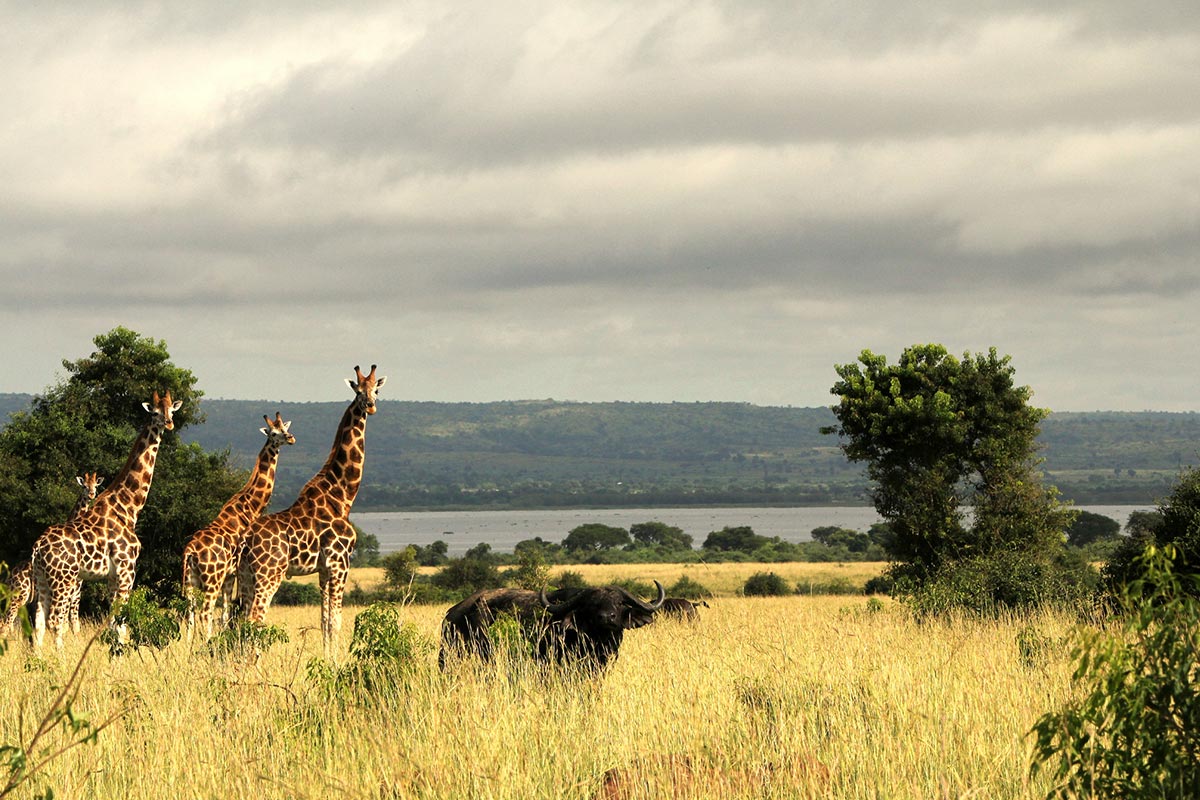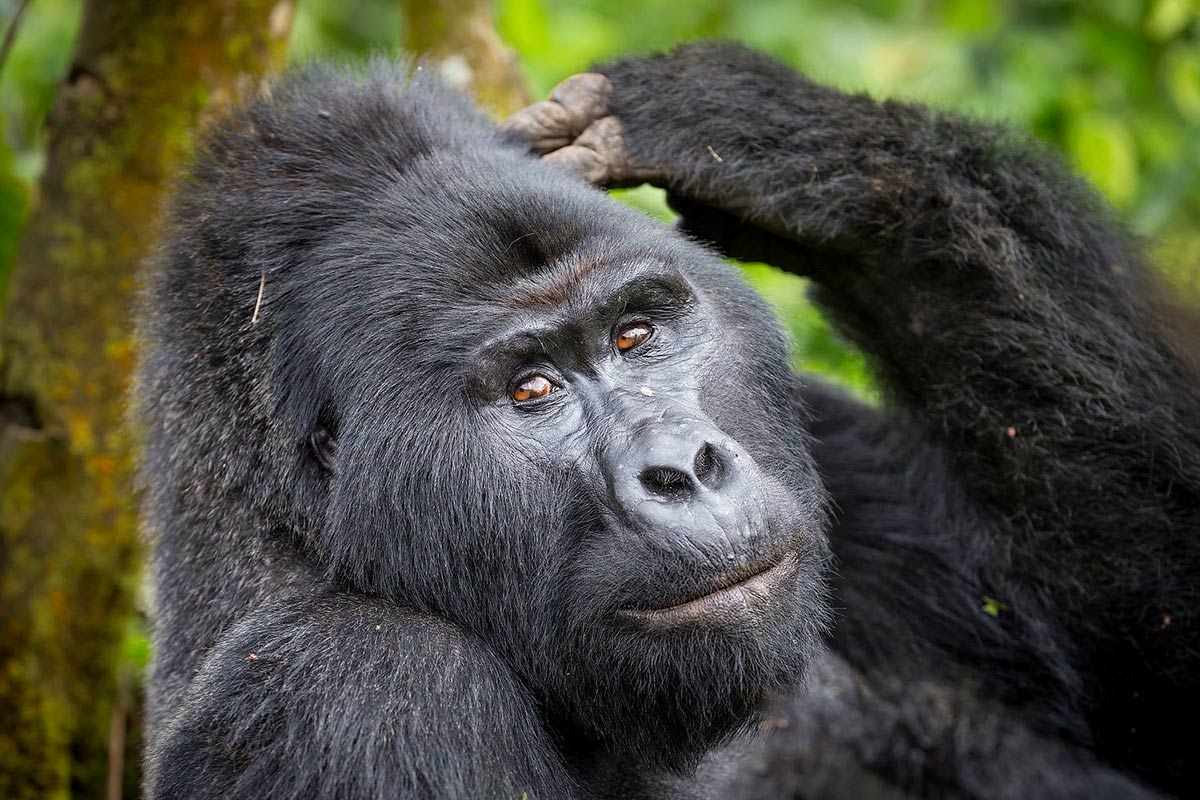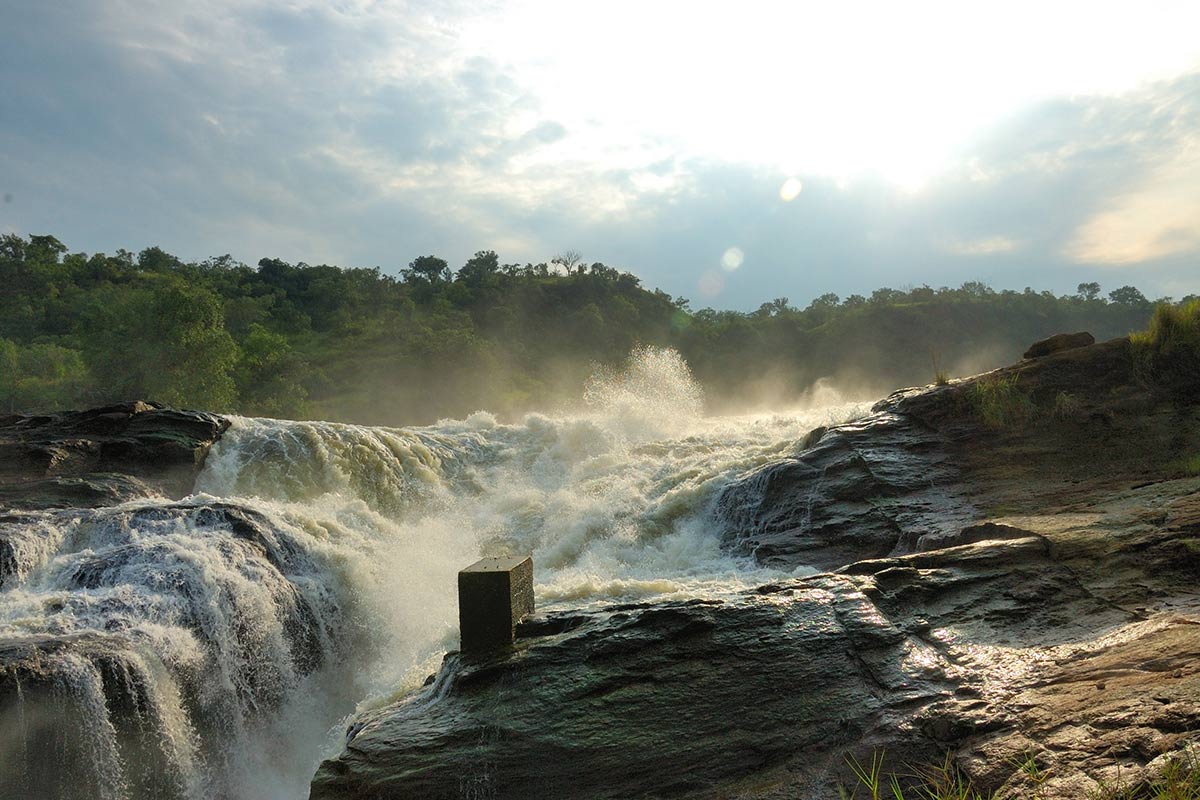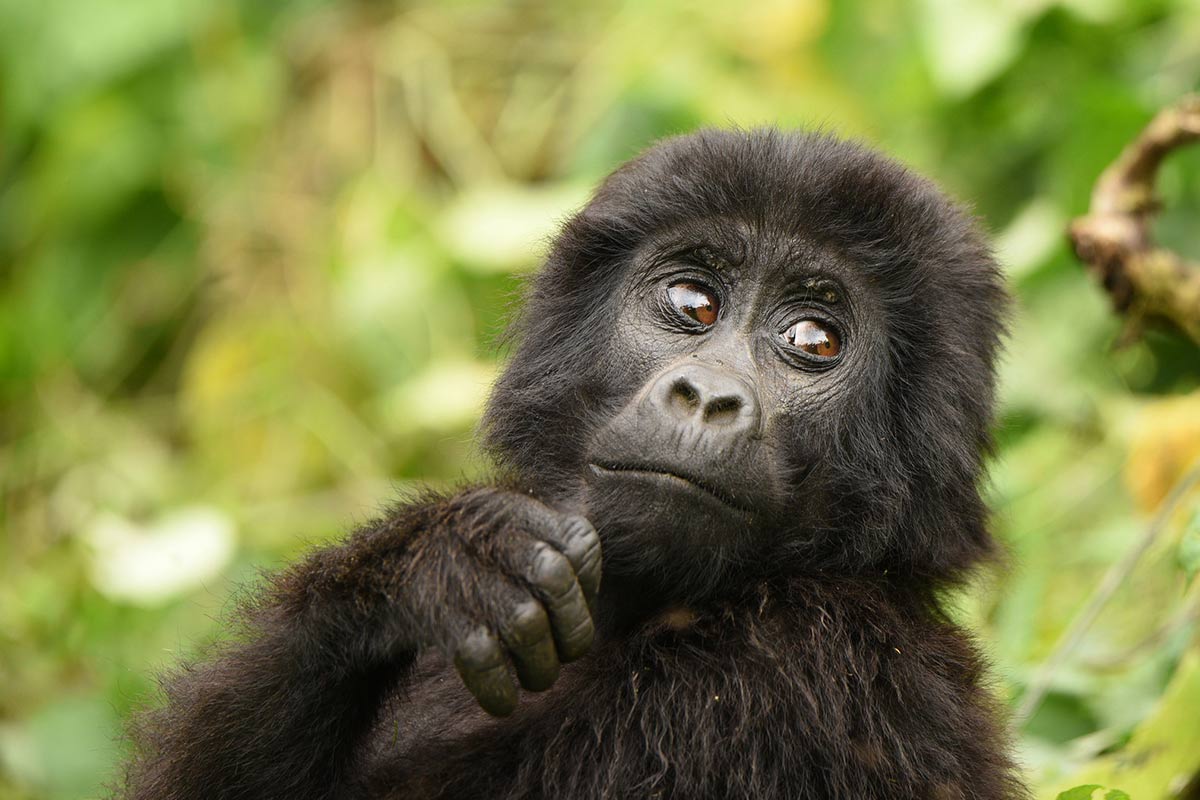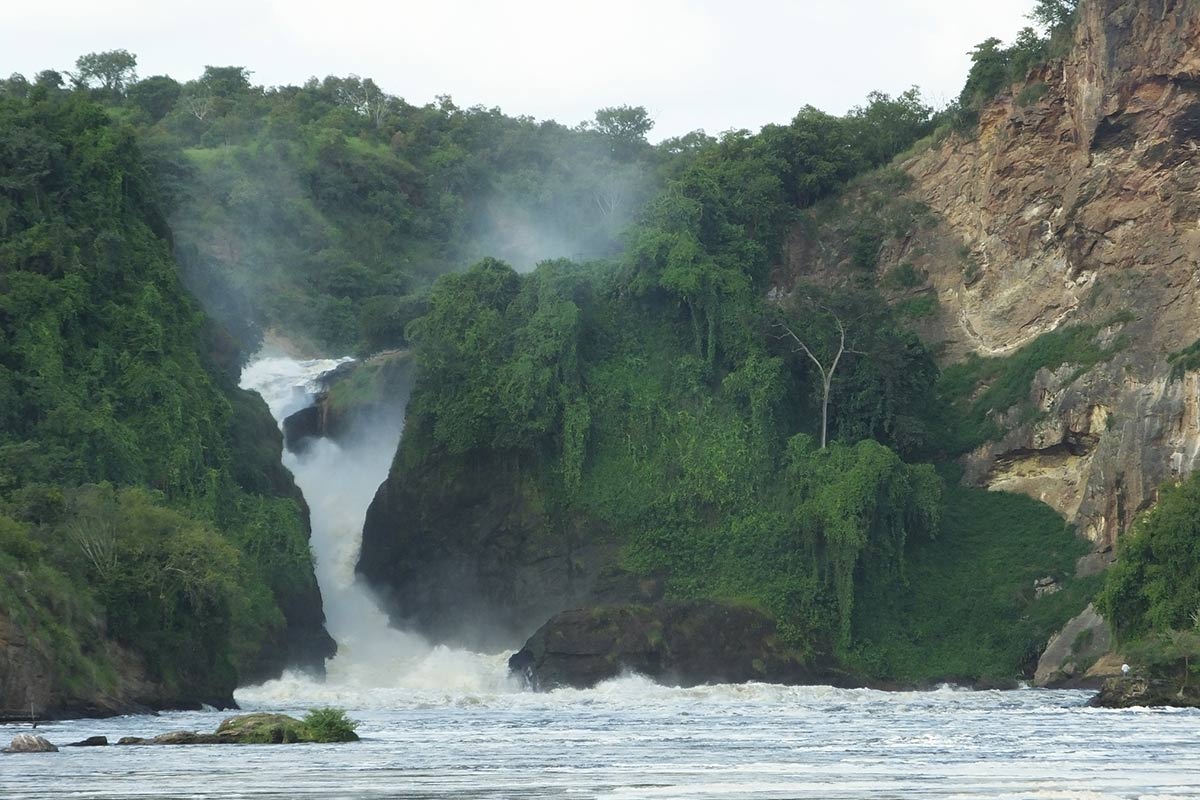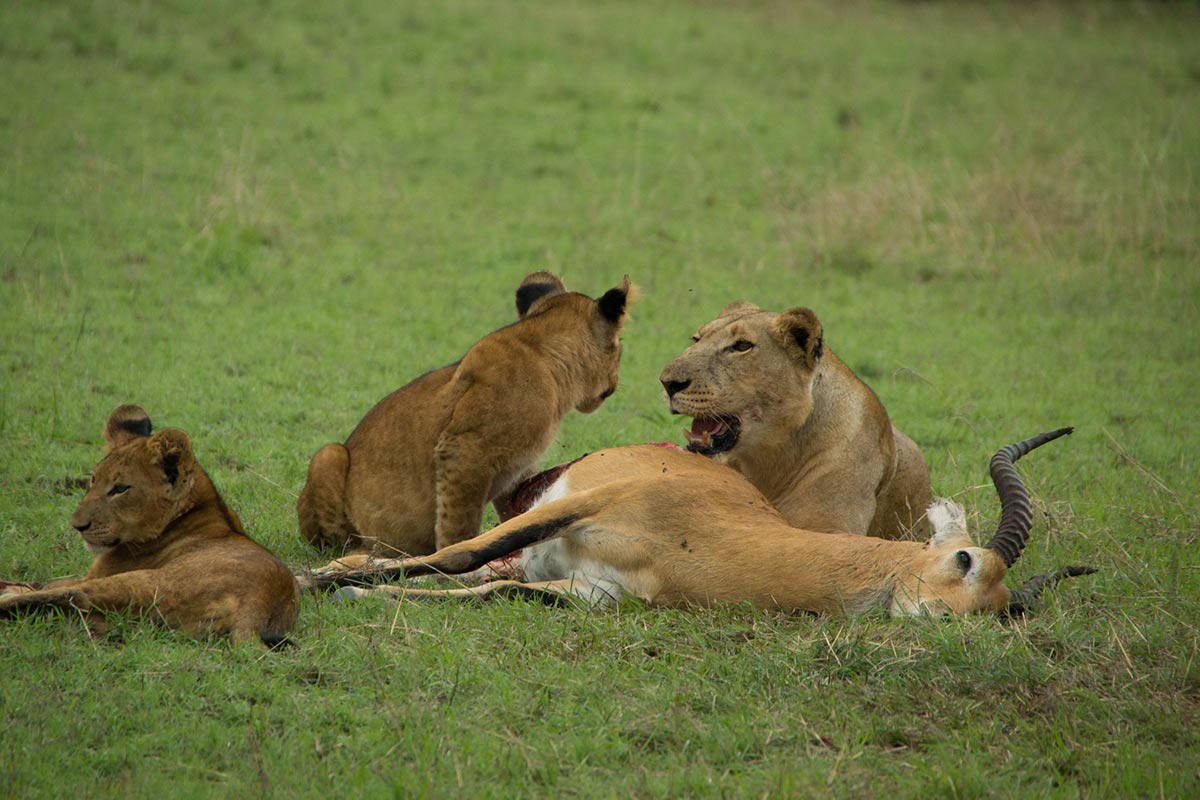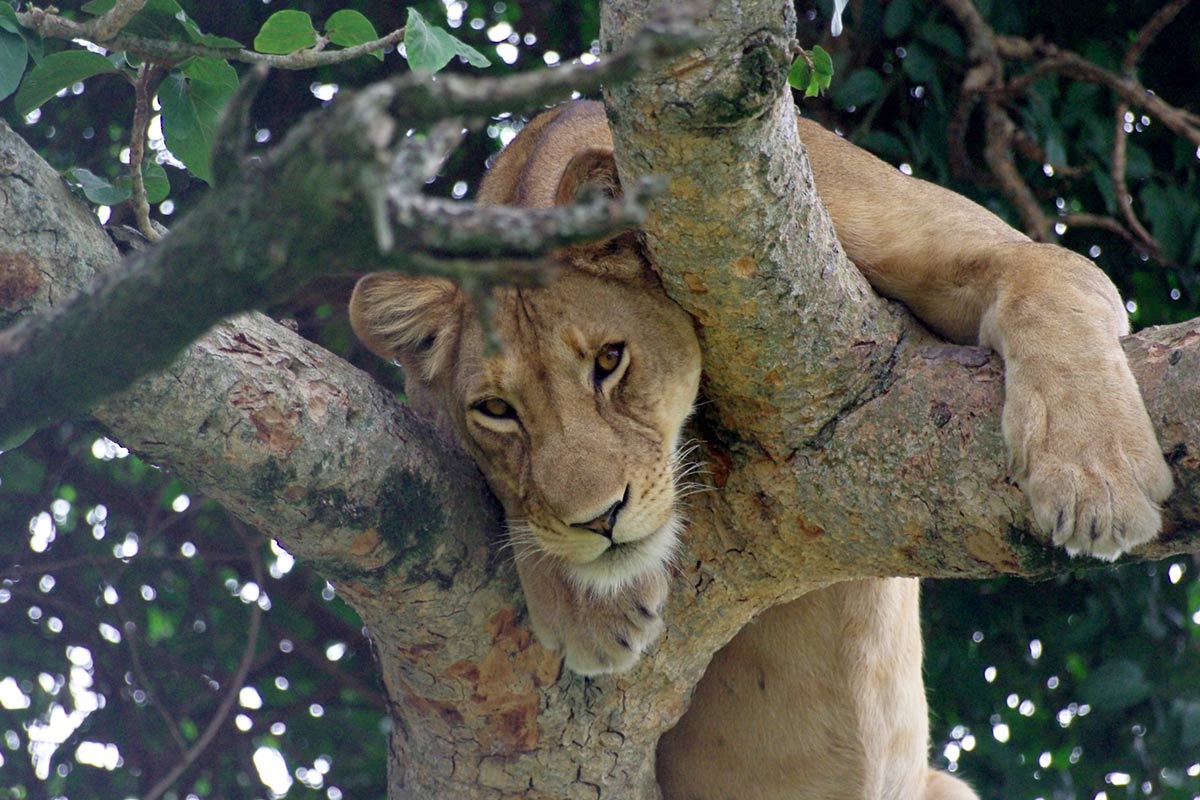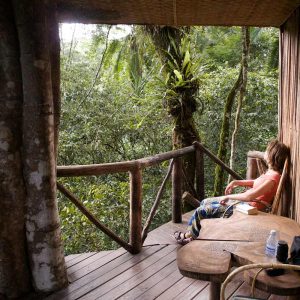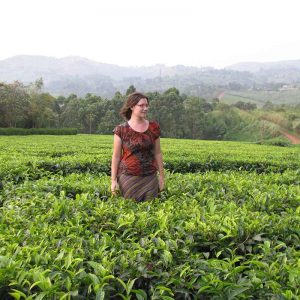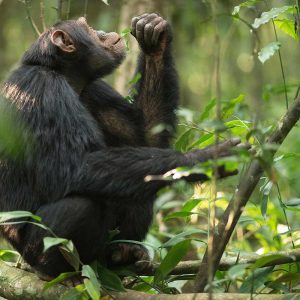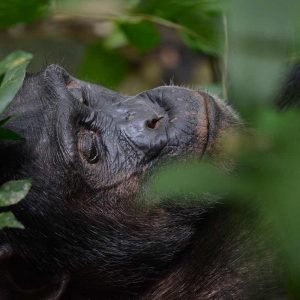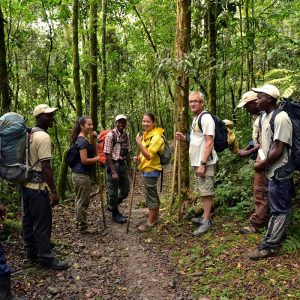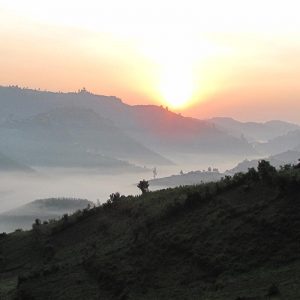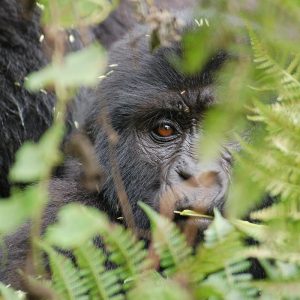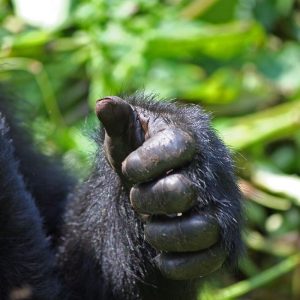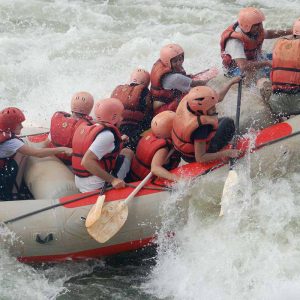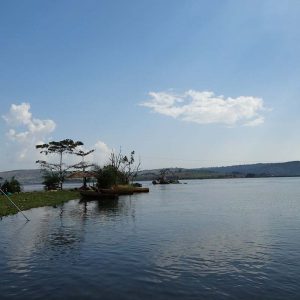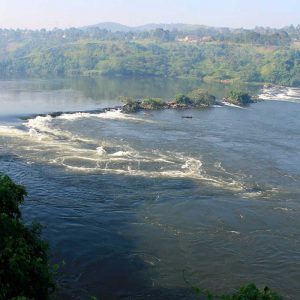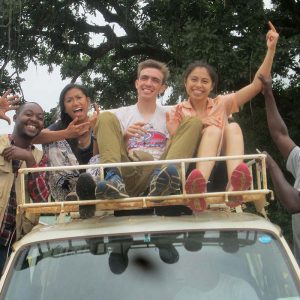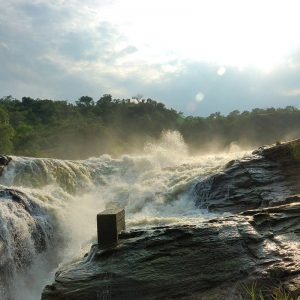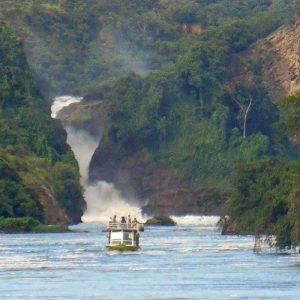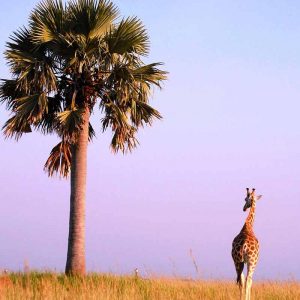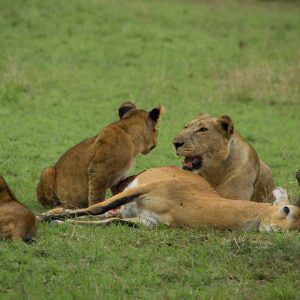UGANDA SAFARIS | “The Pearl of Africa”
Uganda Safaris & Tour Packages
Uganda is a country, which may be first of all associated with the amazingly beautiful nature and landscapes, as the national parks are considered the main and the most picturesque sightseeing of the country. Silverback Travel Company tour consultants usually organize different excursions around them. Queen Elizabeth National Park is considered the gem of the country and is considered one of the best national parks in the whole world. The other significant sightseeing is Bwindi Forest, which is the dwelling of mountain gorillas and Murchison Falls, the huge waterfall, which annually attracts here hundreds of tourists by its amazing beauty and unbelievable power.
A Uganda safari experience is highlighted with beautiful landscapes, abundant flora and fauna, the 1057 bird species that make up 50% of Africa’s bird species and 11% of the World`s bird species and a diversity of over 56 tribal cultures that combine to make a Uganda safari unique and a bucket list choice.
Uganda is a wildlife trove, with many Uganda Safaris & tour packages designed not to miss the to highlights like the world’s highest population of Mountain Gorillas in the Bwindi Impenetrable Forest and Mgahinga Gorilla National Parks in the south west. Travellers can also enjoy the classic wild game drive and sandy rivers in the far east destination of Kidepo Valley National Park.
HIGHLIGHTS
- Gorilla and chimp tracking
- Some of the richest birding in Africa
- A chance to combine a ‘primate’ safari with a conventional savannah safari
- Friendly Ugandan people
- Dense misty forests, snow-peaked mountains, glassy lakes and sprawling savannahs
- Safari adventure activities
- ‘Off the beaten track’ safari honeymoon destination
Selected Uganda Safari Packages
Our favorite itineraries, showcasing the best of Uganda
Uganda Safaris Information
Information you need to have on your fingertips about your planned Uganda safari
Uganda Safari Parks
KIBALE NATIONAL PARK | Chimpanzee Tracking, Uganda
Guests are taken to the park headquarters in Kibale Forest where you meet the park ranger who will act as your guide for the chimp tracking. You enter the forest and following signs and chimp calls your guide leads you to the chimpanzees. Chimpanzee sightings are not guaranteed, however the odds of encountering them have greatly increased in recent years, now standing at 90% or over.
Whilst chimpanzees tracking you are likely to see at least two or three other types of primate, most probably the grey-cheeked mangabey and red-tailed monkey. You hear plenty of birdsong but it is very difficult to see any birds in the heart of the forest due to the dense vegetation.
Once with the chimpanzees you will be able to spend an hour watching them. You then walk back to the park headquarters with the whole experience usually taking around three to four hours.
BWINDI IMPENETRABLE FOREST | Gorilla Trekking in Uganda
The Bwindi Impenetrable Forest is thought to be one of the most biologically diverse forests in Africa and one of the oldest dating back to over 25,000 years ago.
On the eastern edge of the Albertine Rift Valley, the rainforest is attractively swathed over steep ridges and valleys rising up to an altitude of 2,600m. The forest used to stretch down to the Virunga Mountains on the Rwandan border but this huge tract of forest was broken up about 500 years ago when agricultural people moved into the area.
Gorilla Tracking Experience – Tracking Mountain gorilla is one of Africa’s most superb wildlife experiences. It is difficult to describe the exhilaration attached to first setting eyes on a wild mountain gorilla. The three gorilla groups in the Buhoma area of Bwindi are Habinyanja, Mubare and Rushegura. After a full briefing, you depart on the gorilla tracking. Trackers will have left at dawn to locate the gorillas and will direct your guides via hand-held walkie-talkies to the troop.
The walk to the gorillas can be strenuous climbing steep hills and passing through thick vegetation, and may take anywhere from an hour to all day. The guides do their best to get you to your allocated gorilla family during one of their rest periods, so you can watch them relaxing, eating, grooming and playing. You will be permitted to spend one hour with the gorillas and it is forbidden to eat or smoke in their presence. It is also forbidden to approach within 7m of the gorillas. Gorillas are susceptible to human diseases and if one ill tourist infects a gorilla they will have no resistance and this could cause the death of the whole group. Never track gorillas if you have a cold or flu.
JINJA | White-Water Rafting in Uganda
Adventure-seekers flock to Jinja to experience white-water rafting on the source of the Nile. It’s easy to arrange a day’s excursion rafting starting at Bujagali Falls and finishing 20 kilometers downstream at Itanda.
The route includes nine major rapids, of which four are a grade five. In the quieter sections you can float along enjoying the birdlife on the shore of the river, and taking a swim at the side of the raft.
If you’d rather something a little more relaxing, it’s possible to do a family float trip which avoids the major rapids and takes a slower approach at enjoying the river.
MURCHISON FALLS NATIONAL PARK in Uganda
Located in western Uganda, this park is named after the Murchison Falls. It is where the wide and placid Nile is suddenly forced through a narrow cleft in the Rift Valley escarpment producing a torrent of white water. To the north of the river is tall green grassland interrupted by patches of borassus palm, acacia and riverine woodland. To the south the vegetation becomes thicker with dense woodland and a beautiful area of closed canopy forest on Budongo Hill.
Wildlife of Murchison Falls
After the poaching ceased in the 1980s the animal population increased rapidly and sightings of lion, elephant, hippo, waterbuck, leopard and hyena are now common. The birdlife is extraordinary, with over 460 species recorded in the park including numerous raptors and the shoebill stork.
When is the best time to visit Uganda?
Uganda can be visited all year round, with temperatures barely changing throughout the seasons. However, the country is at its best during its two dry seasons between December and February and between June and August, when conditions are particularly good for trekking to see mountain gorillas and chimpanzees. Game spotting in national parks is also good at this time, as well as between February and March and from September through to early October when large numbers of wildlife can be seen at waterholes. Uganda is also fabulous for bird spotting all year round.
January – February – Considered a dry season; this is one of the best times to visit Uganda, although rainfall can be expected here in any month. Wildlife spotting is particularly good at this time of year as there is less vegetation to obstruct your view and a variety of wildlife can be seen seeking waterholes. This is also a great time for trekking to see mountain gorillas and chimpanzees, while bird watchers can enjoy spotting migratory birds.
March – May – Considered one of Uganda’s wet seasons. Parks are lush and green and animals give birth to their young. It’s also an excellent time to spot migratory birds. The roads can often be in bad condition, so expect bumpier journeys. Gorilla permit costs are often reduced at this time, but you can expect heavy rain showers.
June – August – This is one of the best times to visit Uganda and is considered a dry season, although rainfall can still be expected. It is particularly good for wildlife spotting as there is less vegetation to obstruct your view and a variety of wildlife can be seen seeking waterholes. It’s also a great time for trekking to see mountain gorillas and chimpanzees.
September – October – A good time to visit, although rainfall can be expected. There are still excellent opportunities to observe wildlife as vegetation remains low and animals continue to seek out waterholes.
November – Considered a wet season, November sees dry plains gradually turn green in the national parks as heavy rain showers fall across the landscape. It is a good time to see migratory birds, while gorilla permit costs are often reduced at this time of year.
December – You can expect some rainfall during December, but wildlife spotting opportunities are good. This is also a great time for trekking to see mountain gorillas and chimpanzees, as well as for spotting a variety of migratory birds.
Uganda Travel Advice
There’s nothing like up-to-date, relevant travel information direct from the experts – get Silverback Safaris’s essential Uganda travel advice before you go.
- Money & Spending – Uganda’s unit of currency is the Uganda Shilling and you’d be advised to get some on arrival as it is far easier to buy drinks, curios and meals in the local currency when travelling between destinations.US Dollars are widely accepted throughout the country though note that cash is best: traveler’s cheques and credit cards can be used at most lodges and in Kampala but attract hefty transaction fees.
- Tipping – Tipping of around 10 – 15% is customary in Uganda for good service. Tips are usually given in Uganda Shillings or US Dollars. If you are doing a gorilla trek, tipping is at your discretion – your porter (if you choose to take one) should usually receive the highest tip, with a second tip distributed between your guides, trackers and security personnel. For in-depth tipping guidelines, enquire with one of our Africa Safari Experts – they’d be happy to share their knowledge with you.
- Climate – Average year-round temperatures: 14°C to 27°CRainy seasons: March to May and September to December Refer to “best time to visit Uganda” for climate charts and advice on the best times of year for gorilla trekking.
- What to Pack – During the day, temperatures in Uganda are generally warm so pack plenty of lightweight clothing. If you are going gorilla trekking, pack long trousers and long-sleeved tops, long socks to wear over your trousers as protection against ants, a pair of light gloves to protect against nettles, a hat and a raincoat. A pair of sturdy, comfortable hiking boots is most important – try to break these in before your trip rather than wearing them brand new as you’re likely to get blisters.
The mountains tend to be cold and damp so pack according to the altitude – a change of clothes and a warm fleece in your day pack, along with sunscreen and insect repellent are advised.
- Flights & Getting Around
Did you know you can book your flights through Silverback Travel’s? For more information and frequently asked questions, please see our Flights section. Entebbe International Airport: located 35km from Kampala, Entebbe is Uganda’s international gateway. Visitors usually arrive via Nairobi.
Flying by private charter aircraft is very expensive in Uganda – most travellers use road transfers with mini buses or, preferably, 4X4 vehicles.Despite Uganda’s small size, infrastructure is limited and roads are often in poor condition; expect long days in vehicles when driving between destinations, especially in the rainy season. Game drives in the national parks are generally conducted in open-sided 4X4s.Visa & Passport RequirementsAll visitors to Uganda require a visa and every visitor’s passport must be valid for at least six months from their departure date. Visas for Uganda can be obtained at all major borders as well as at the international airport at Entebbe. Single and double-entry visas are valid for up to three months at a cost of around US $30 and extensions are available at the immigration office in Kampala.
Useful Links:
Where To Stay
Lake Victoria Serena Resort – Styled to replicate the lines of a classically rustic Roman villa, Lake Victoria Serena Resort sits on the shores of Africa’s largest lake. The property is located twenty minutes from Entebbe International Airport and twenty minutes from the center of Kampala. The 124 luxurious guest rooms offer internet access, satellite television, in-room safe, mini bar, air conditioning, hair dryer, and tea and coffee making facilities. Other property amenities include a restaurant, cocktail bar, spa, and swimming pool with lake views. – Read More
Kyaninga Lodge – Kyaninga Lodge’s eight cottages are built on platforms and set apart to offer privacy and tranquility. Each spacious cottage is beautifully appointed and offers a private deck, en suite bathrooms, and solar power. The restaurant offers classical European cuisine tweaked to make use of local ingredients, most of which are handpicked from the lodge’s own garden and neighboring markets. Other lodge amenities include a swimming pool, grass tennis court, croquet lawn, and wireless internet access in the main building. – Read More
Fort Murchison – Set on the Eastern banks of the slow flowing Albert Nile, Fort Murchison revokes the idea of a well maintained isolated outpost from times where Arab traders frequented the African hinterlands and legendary explorers led expeditions in search of the source of the Nile. Built in the right spot and inspired by the historical background, Fort Murchison is unlike any other in Uganda. The massive tower, the earth colored walls, the touch of Swahili style… will impress you from your arrival up to your departure. Fort Murchison is situated in the former Aswa Lolim Game reserve, just outside the northern park boundaries of Murchison Falls National Park. It is set in a beautiful surrounding and looks out on the majestic Albert Nile. – Read More
Kibale Forest Camp – Kibale Forest Camp offers an affordable classic canvas experience in the form of 10 African safari style tents tucked away in a lush forest. A budget alternative is our lazy camping on our campsite. Complemented by excellent food served in a cozy grass thatched restaurant, the camp forms your perfect base if you are looking for an affordable and comfortable place from where to explore the area. Kibale Forest Camp is located in a patch of evergreen forest, just outside the southern part of the National Park. It borders the Magombe swamp, known for the Bigodi Wetland Sanctuary and is a mere it is a 10 min drive to Kanyanchu Visitor Center, the place from where your chimp track will start – Read More
Fact on Gorilla Tracking
For many travellers, gorilla tracking ranks among one of the supreme tourist attractions of a trip to Uganda & Rwanda. The spine-tingling feeling that you get being so near to one of our closest relatives is hard to describe. Almost half of the world’s gorilla population can be found in Bwindi National Park, in the Southwest of Uganda.
A Gorilla is the largest primate with a massive build, powerful muscle structure, large head with low forehead and small ears. The mountain gorilla is a subspecies that only resides on the border of Rwanda/Uganda and the DRC. There are only a mere 700-800 mountain gorilla’s left in the wild. Bwindi National Park protects an estimated 320 mountain gorillas, including 11 habituated groups, which can be tracked. There are four departing places: Buhoma and Ruhija which are in the northern part of the park, and Nkuringo and Rushaga, which are in Kisoro District in the southeast of Bwindi.
NOTE
- Permits cost US$ 600 per person and are usually discounted to US$ 450 for the months of April, May and November.
- Children aged 15+ are allowed on gorilla tracking.
Gorilla Permits & Chimpanzee Tracking Permit
If you are planning to visit the gorillas in Bwindi Impenetrable Forest NP and/or chimpanzees in Kibale Forest NP, it is recommended that you reserve the permits well in advance. The UWA headquartered in Kampala issues the permits only upon cash payment in full (no pre-booking). Gorilla tracking permits costs U$ 600 per person, and is usually discounted to US$ 450 for the months of April, May and November. Chimpanzee permits in Kibale Forest go for US$ 150 per person throughout the year.
Silverback Travel Company Uganda can arrange the permits on your behalf when you book a safari with us and no service charge for this activity, however in order to do so, we need:
- Full name as it appears on passport, nationality, date of birth and passport number of all the people trekking.
- Preferred date and tracking location (check tracking locations for Bwindi here)
- Second best date in case the preferred date is fully booked.
Once proof of payment has been sent, we will purchase the permits on your behalf. Kindly note that UWA does not have a refund policy in case of any cancellation or change of date.
CONTACT OUR SPECIALISTS
Most Requested Uganda Safari Packages

